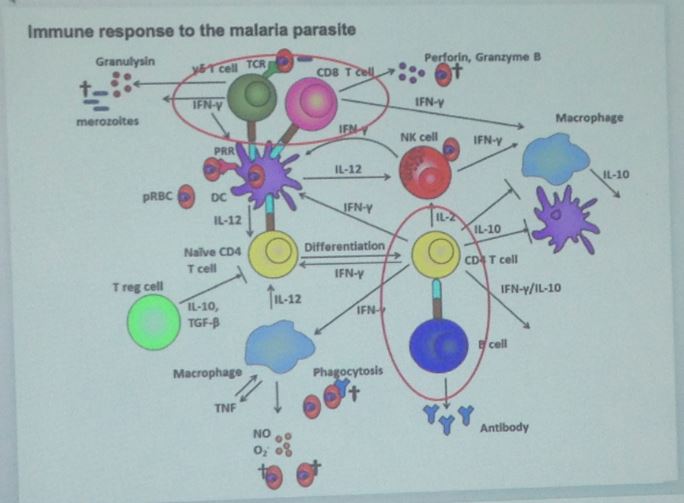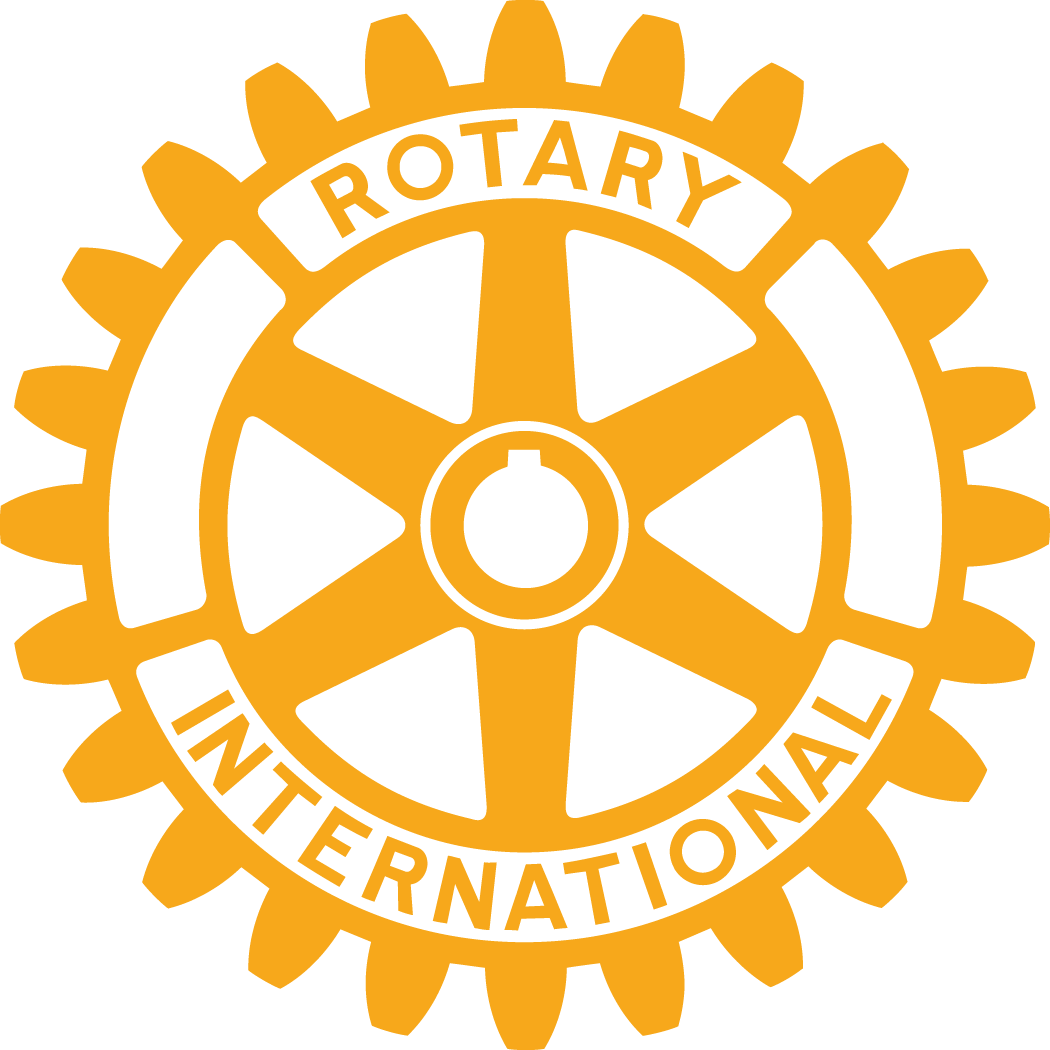Last week's Guest Speaker: Dr Danielle Stanisic - Malaria vaccine
 Let's begin with an important comment by Dr Danielle: "As a High School student I was sponsored by Rotary to attend the National Youth Science Forum (NYSF) in Canberra. In consequence I decided that I didn't want to become a Medical Doctor but instead opted for a career in Science and Research". Meanwhile, she has become one of the leading scientists at Griffith University, working on the development of a vaccine for Malaria. Danielle's presentation, titled "Progress in the Hunt for a Malaria Vaccine" states the obvious: it is still work in progress, however, there have already been highly successful trials with mice and the first trials involving humans were conducted in March this year (see Grffith University Report here). How big is the problem world wide? Well, there are up to 500,000 deaths annually that can be ascribed to Malaria. There are approximately 214 Million cases, of which 90% occur in the Sub Saharan region. 40% of the world population is exposed to potential Malaria infection. Is that a big enough reason?
Let's begin with an important comment by Dr Danielle: "As a High School student I was sponsored by Rotary to attend the National Youth Science Forum (NYSF) in Canberra. In consequence I decided that I didn't want to become a Medical Doctor but instead opted for a career in Science and Research". Meanwhile, she has become one of the leading scientists at Griffith University, working on the development of a vaccine for Malaria. Danielle's presentation, titled "Progress in the Hunt for a Malaria Vaccine" states the obvious: it is still work in progress, however, there have already been highly successful trials with mice and the first trials involving humans were conducted in March this year (see Grffith University Report here). How big is the problem world wide? Well, there are up to 500,000 deaths annually that can be ascribed to Malaria. There are approximately 214 Million cases, of which 90% occur in the Sub Saharan region. 40% of the world population is exposed to potential Malaria infection. Is that a big enough reason?So, what is the situation? Well, Malaria is not a single item: there are six species of Malaria. Dr Danielle is working on the two most common ones: Plasmodium Falciparum (approx 75%) and Plasmodium Vivax (approx 20%). The virus is  carried by the female Anopheles mosquito (we fortunately don't have those here on the Gold Coast). When they penetrate your skin, the virus infects red blood cells. It then lodges itself in the liver, where it multiplies thousand fold. "Interestingly, it is not the virus itself that makes you sick. It is the response by your Immune System which causes it", Dr Danielle explained.
carried by the female Anopheles mosquito (we fortunately don't have those here on the Gold Coast). When they penetrate your skin, the virus infects red blood cells. It then lodges itself in the liver, where it multiplies thousand fold. "Interestingly, it is not the virus itself that makes you sick. It is the response by your Immune System which causes it", Dr Danielle explained.
 carried by the female Anopheles mosquito (we fortunately don't have those here on the Gold Coast). When they penetrate your skin, the virus infects red blood cells. It then lodges itself in the liver, where it multiplies thousand fold. "Interestingly, it is not the virus itself that makes you sick. It is the response by your Immune System which causes it", Dr Danielle explained.
carried by the female Anopheles mosquito (we fortunately don't have those here on the Gold Coast). When they penetrate your skin, the virus infects red blood cells. It then lodges itself in the liver, where it multiplies thousand fold. "Interestingly, it is not the virus itself that makes you sick. It is the response by your Immune System which causes it", Dr Danielle explained. Now, if your Editor had only a tenth of the brain of Dr Danielle, you would find a detailed explanation of her discourse. However... A picture tells a thousand words: see on the right just one of her slides to outline the enormous complexity of the task...
Dr Danielle expressed her admiration for Rotary: she is a member of the recently formed Rotary Satellite Club of Griffith University. At a meeting last year, she explained the need to purchase a special magnet (I think the process is called Magnetic Fractionation - Ed.), costing $10,000. Shortly afterwards, the unit was financed.

